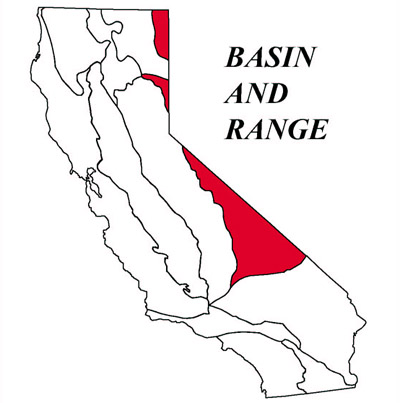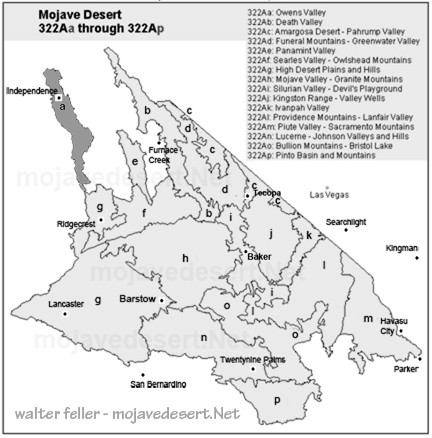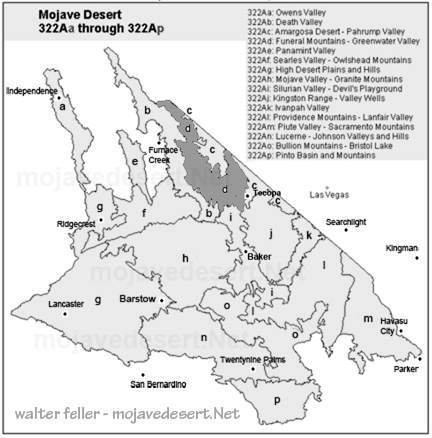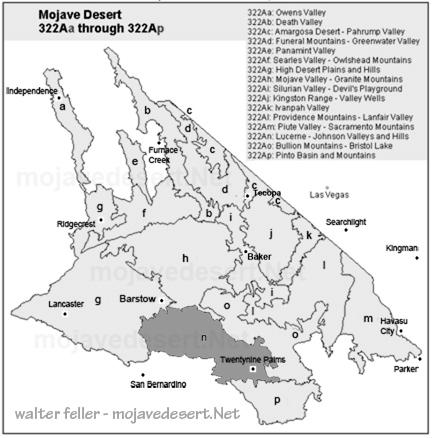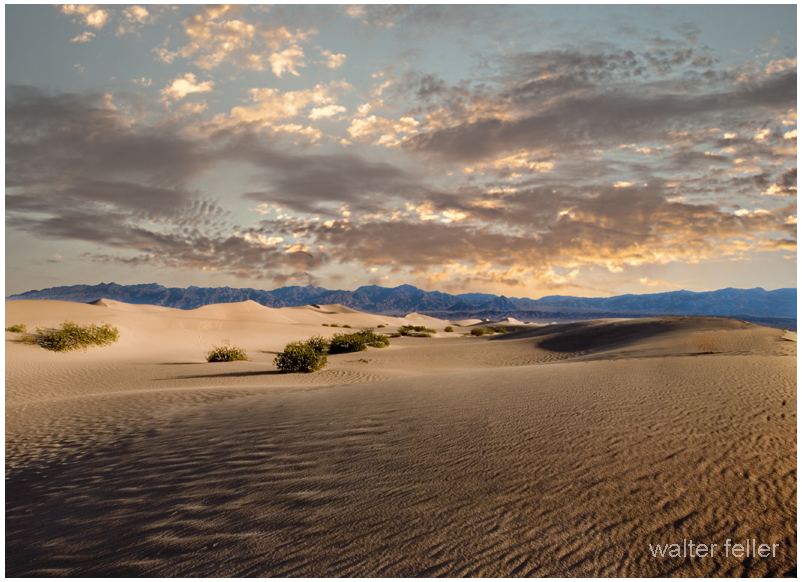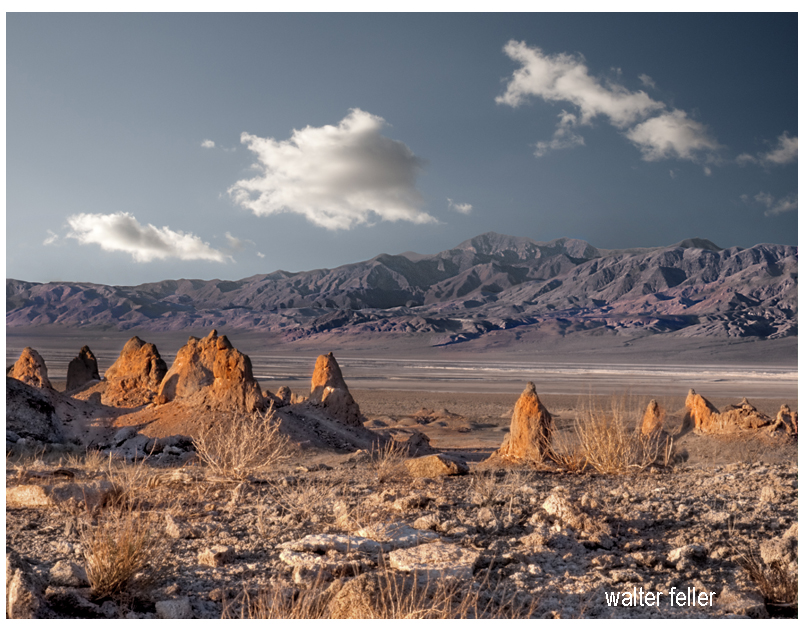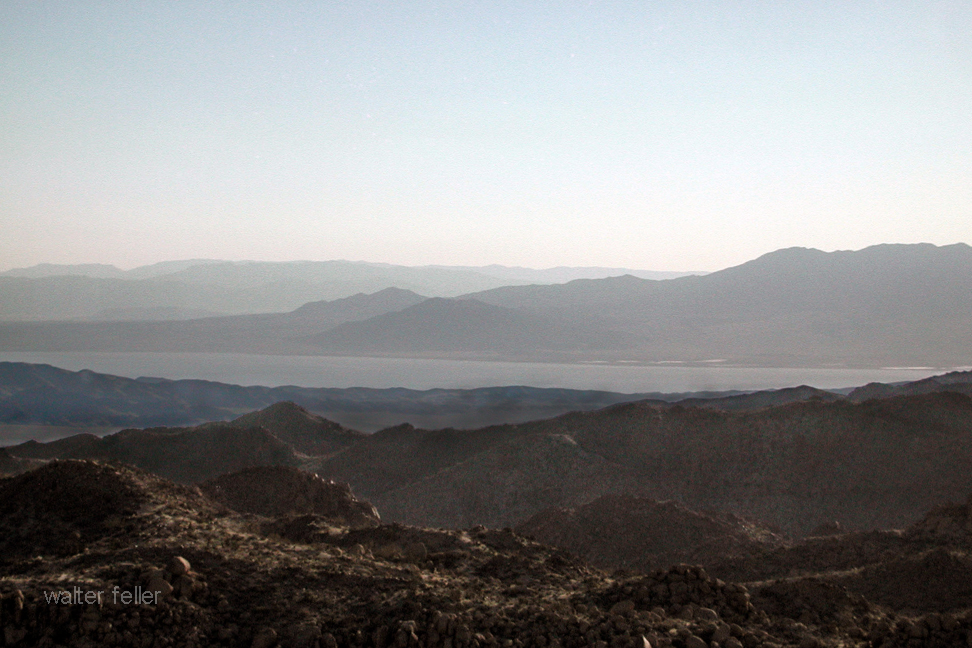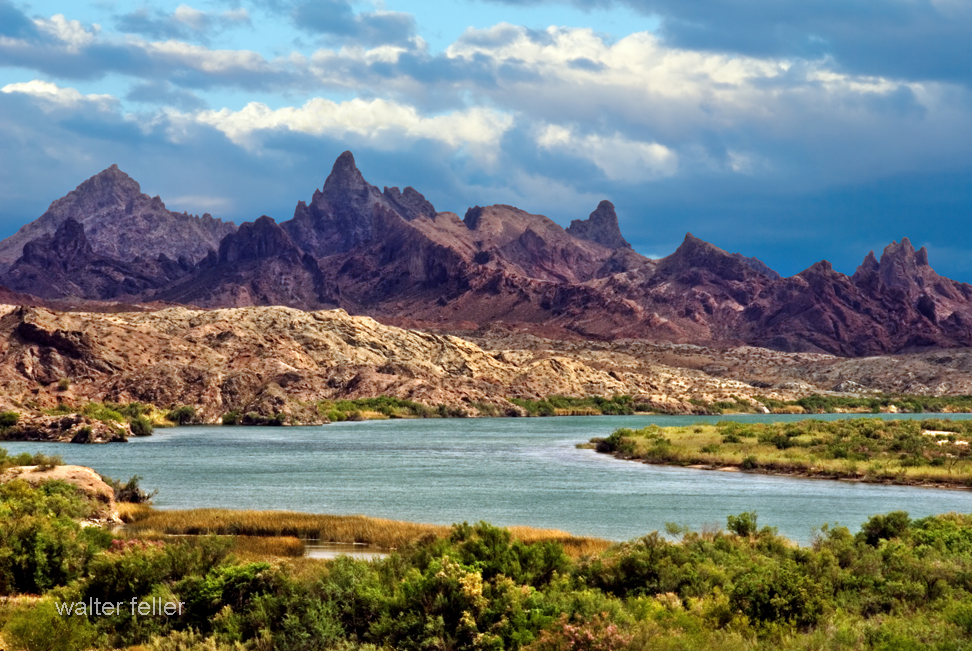A Window into the Prehistoric Hydrology of the Lower Colorado River
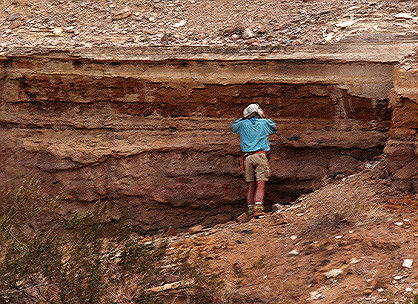
The Bouse Formation is a geological deposit found in parts of southwestern Arizona, southeastern California, and southern Nevada. Dating back to the Pliocene epoch, approximately 5 to 3 million years ago, this formation consists of fine-grained sediments such as marl, limestone, siltstone, and claystone. It provides crucial insights into the environmental history of the lower Colorado River and its transition from a series of ancient water bodies to the modern river system that defines the region today.
Composition and Depositional Environment
The Bouse Formation primarily comprises calcareous sediments, which indicate deposition in aquatic environments. The presence of marl and limestone suggests that these deposits formed in a setting rich in calcium carbonate, likely influenced by water chemistry changes over time. Interbedded silt and clay layers point to periodic shifts in sediment input, possibly linked to fluctuating water levels or varying sources of sediment.
The nature of the Bouse deposits has led to significant debate over their origin. Some researchers propose that the formation represents a marine incursion when the Gulf of California extended farther inland. This hypothesis is supported by the presence of marine fossils, such as foraminifera, which typically inhabit saltwater environments. However, another widely discussed interpretation suggests that the Bouse Formation was deposited in a series of freshwater to brackish lakes that existed before the modern Colorado River carved its path. In this scenario, the river may have initially flowed into these isolated basins, forming temporary lakes before fully integrating into a continuous drainage system.
Fossil Evidence and Hydrological Implications
One of the most intriguing aspects of the Bouse Formation is its fossil content, which includes both marine and freshwater microfossils. This mix of species suggests that environmental conditions shifted over time, either due to changes in water source or gradual transitions between marine and non-marine settings. The presence of diatoms, ostracods, and other aquatic organisms provides valuable data for reconstructing the region’s paleohydrology.
The Bouse Formation also plays a role in understanding the ancient course of the Colorado River. Some researchers believe that the formation represents the earliest phase of the river’s integration into the Gulf of California. Others argue that before the modern river fully developed, a system of large lakes existed, gradually draining as the river’s course evolved. These interpretations have significant implications for understanding water flow patterns, sediment transport, and landscape evolution in the region.
Connection to Broader Geological History
The study of the Bouse Formation is closely tied to the broader history of the American Southwest, particularly in relation to the Mojave Desert and its ancient lake systems. Similar to the now-extinct Lake Manix, which was part of the Mojave River’s prehistoric flow, the Bouse deposits suggest a period when water played a much more prominent role in shaping the landscape. Understanding these ancient hydrological processes helps geologists piece together the story of how the Southwest transitioned from a wetter, lake-dominated environment to the arid desert we see today.
Conclusion
The Bouse Formation remains a subject of ongoing scientific investigation, as its origins and implications continue to be debated. Whether formed by marine incursions or freshwater lakes, its sediments hold valuable clues about the past hydrology of the lower Colorado River. As researchers uncover more details, the Bouse Formation will remain a critical piece in reconstructing the prehistoric landscape of the region, offering insights into the forces that shaped the modern desert Southwest.
Summary
The Bouse Formation, dating back 5 to 3 million years ago, consists of calcareous sediments found in Arizona, California, and Nevada. It provides key insights into the ancient hydrology of the lower Colorado River. Debate surrounds its origin, with theories of marine incursions or freshwater lakes. Fossil evidence suggests shifting environments, linking it to broader geological changes in the American Southwest.
